
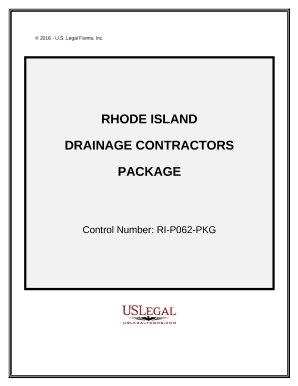

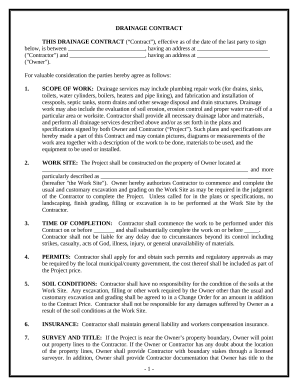
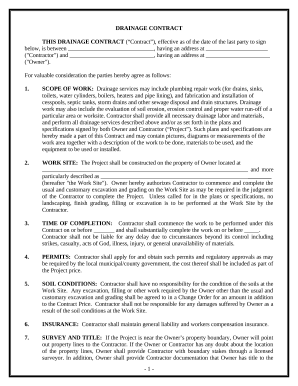

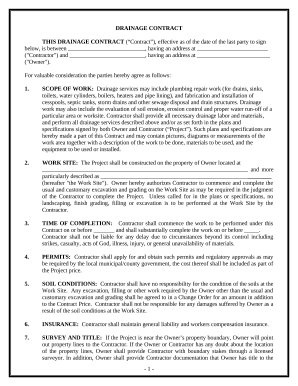
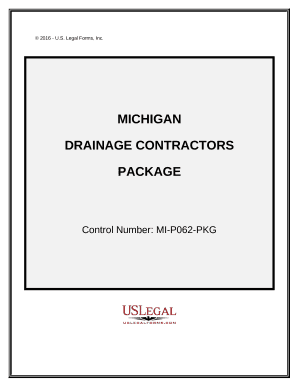
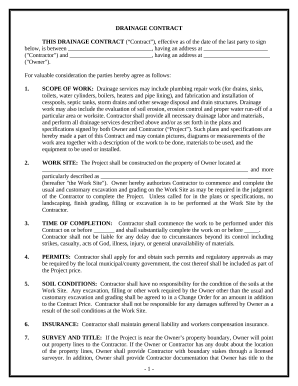

Document administration can overwhelm you when you can’t find all the documents you require. Luckily, with DocHub's vast form categories, you can discover all you need and easily deal with it without switching between apps. Get our Drainage Construction Contracts and start working with them.
Using our Drainage Construction Contracts using these basic steps:
Try out DocHub and browse our Drainage Construction Contracts category without trouble. Get your free profile today!